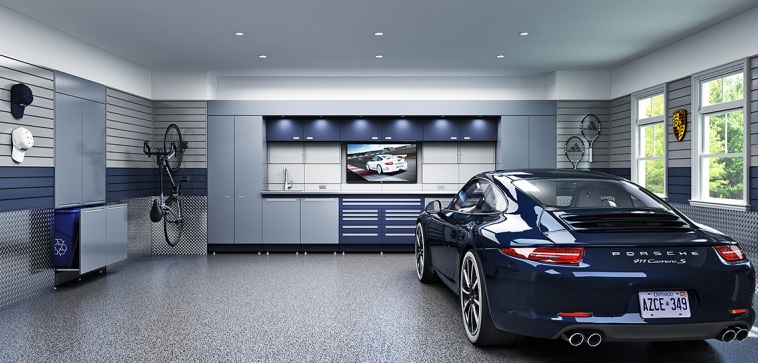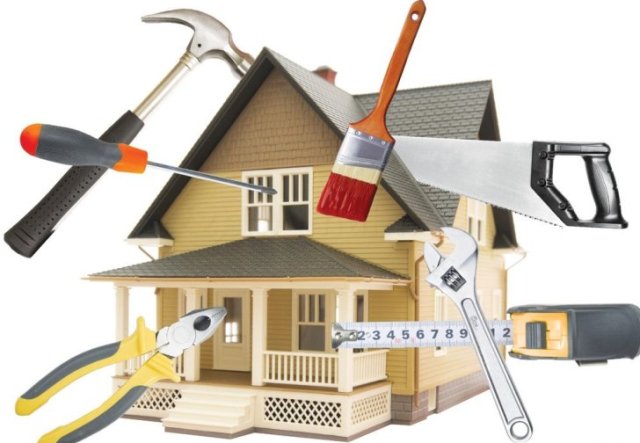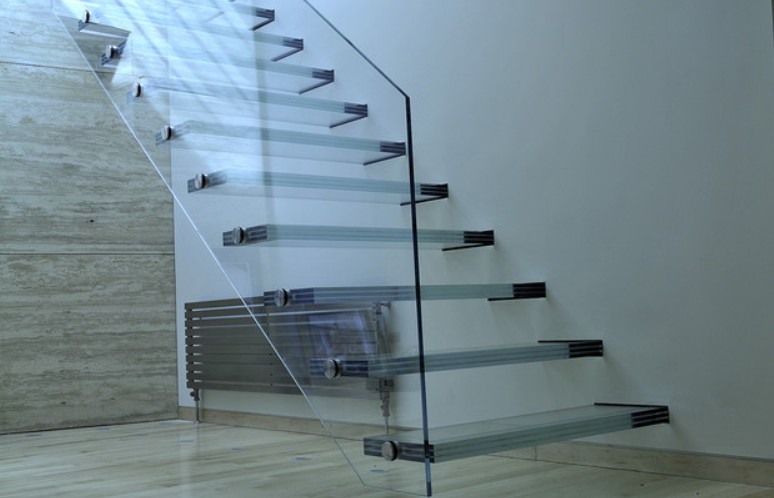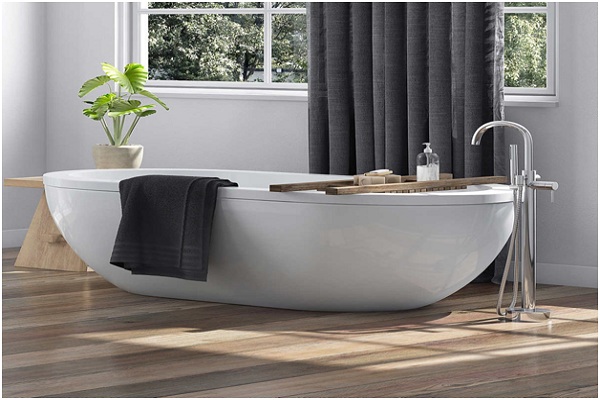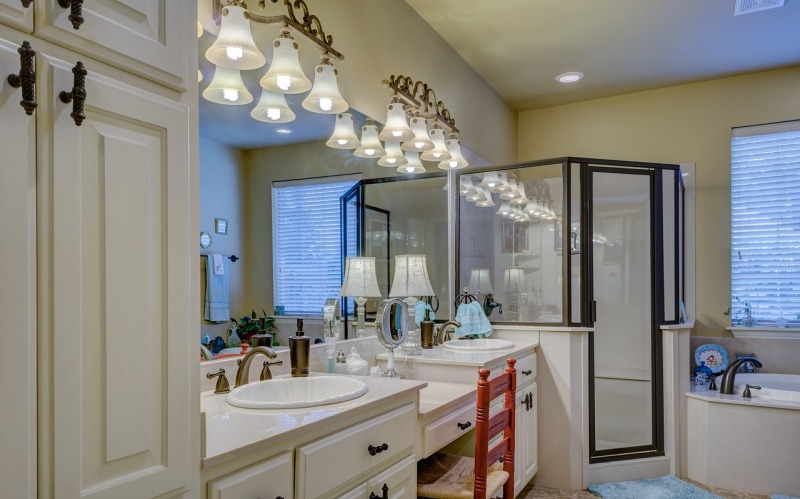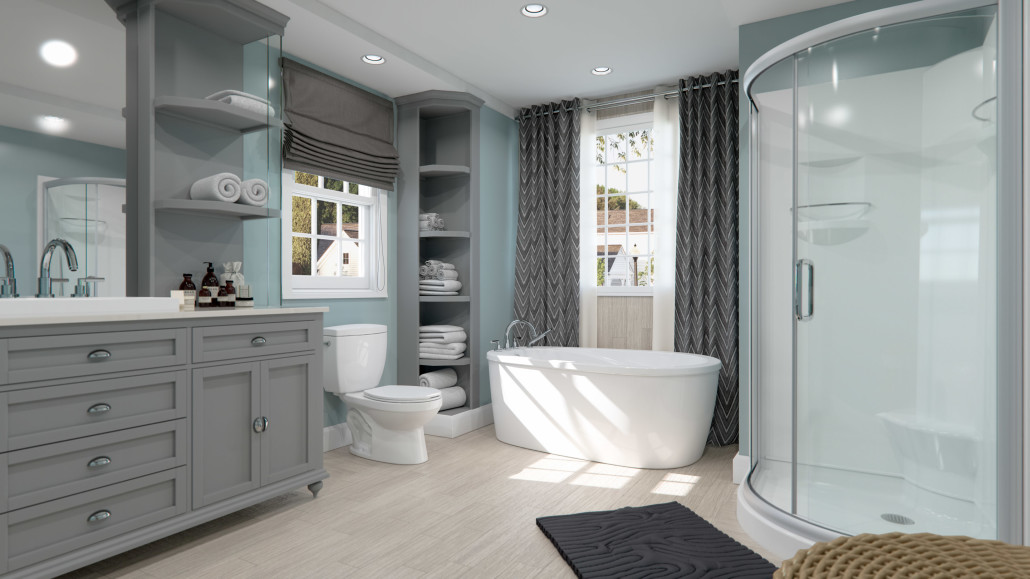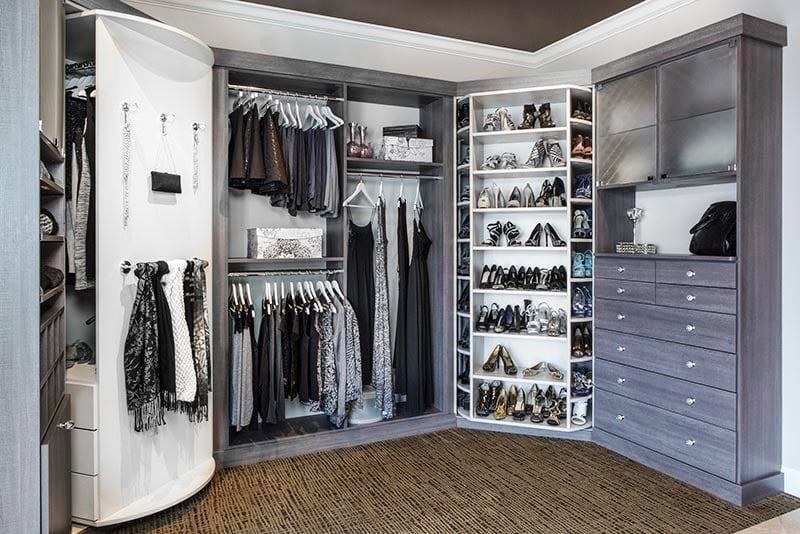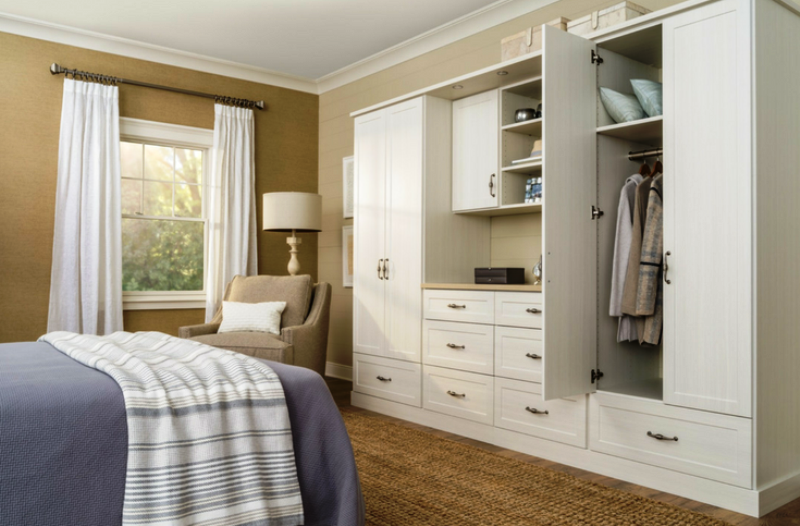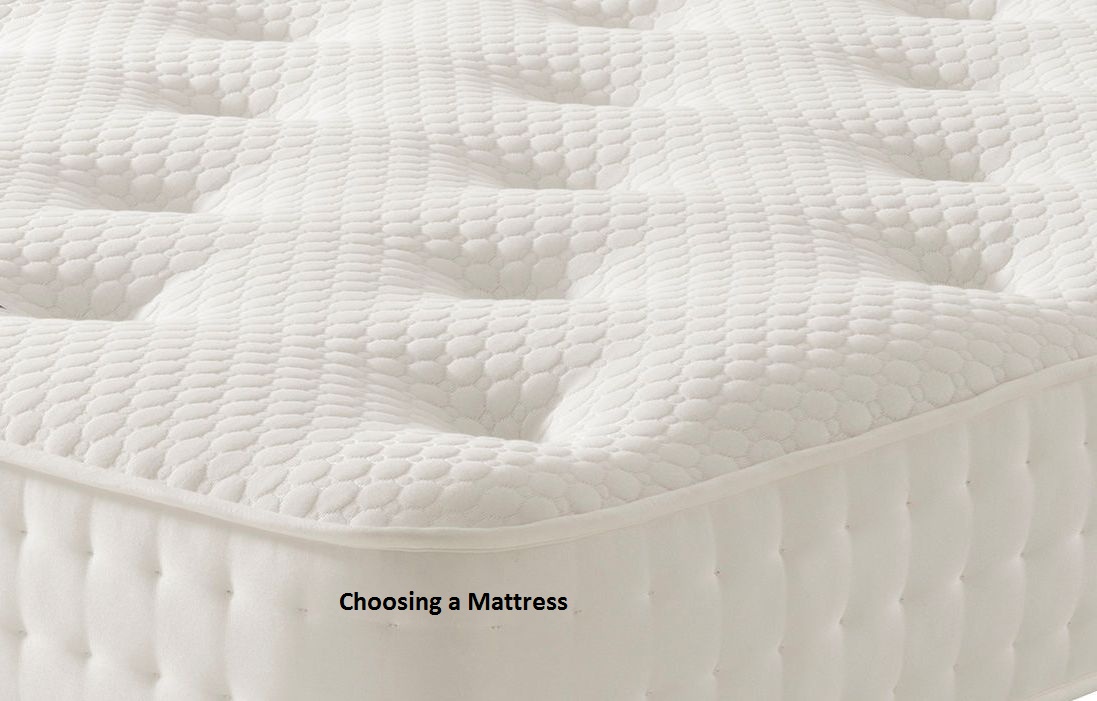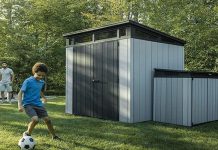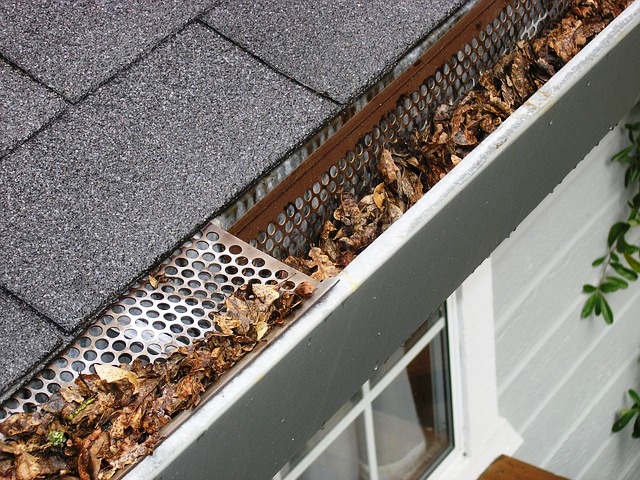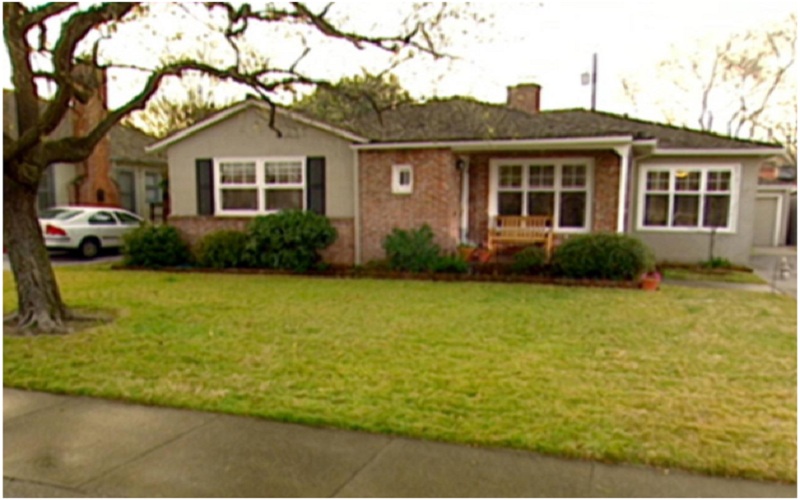Although often forgotten, gutters play a leading role in protecting your home. Whether aluminum, copper or vinyl they all have the same mission; evacuate the rainwater as far as possible from the foundation of your residence. But if we all know it needs to be installed, some questions remain. So here are some tips and tricks that can enlighten you on the Gutter Installation process.
Before starting any Gutter Installation or replacement work, it is essential to inspect your roof, that is to say the soffit and fascia. If these are damaged, check for mold on the board. Indeed, if your previous gutter was installed incorrectly or it was obstructed due to negligent maintenance, it is possible that mold could have been created. If this is the case, replace the contaminated materials so that you can install your new gutter on a solid and healthy foundation.
Choose your gutter
If the gutters all have the same functionality, the fact remains that they do not all have the same characteristics. It’s up to you to determine what you want according to the architecture of your house as well as your budget. Durable and aesthetically pleasing, aluminum gutters, while more expensive, are a great long-term investment.
If you opt for an aluminum gutter, you can also think about the size of it. For residential use, it is customary to install 5 “gutters while for the commercial sector, it is recommended to install 6″ gutters. But if you’re residential roof has very steep slopes, then it may be interesting to opt for the 6 ” Gutter Installationto make sure there is no overflow.
Getting well
If you choose to do the Gutter Installationyourself, it is essential to properly equip yourself. Remember to bring a hammer, a screwdriver, a pencil, a spirit level, a hacksaw, a ladder or a scaffold, a tape measure, a drill, a plumb line, a file and a square. Also check if you have all the parts to do the installation of your gutter, that is to say:
- Gutters
- Outdoor supports
- Downhill connectors
- Bouts
- Necklaces
- Fittings
- Junctions
- Galvanized nails
- Galvanized tapping screws
- Deflectors
- Crapaudine
- PVC glue
Adjust the slope: for an effective evacuation of rainwater
When installing a gutter, be aware that it is very important to pay close attention to the slope of the gutter. Indeed, to be effective, a gutter must have a slope of ¼ inch for a length of 10 feet. In addition, it is strongly recommended to install supports every 1 and a half feet, or 50 cm. Your downspout comes too close to the foundation of your house? Run the water further down your land with the addition of an extension. There are currently several models on the market that fit perfectly with all types of architectures. You can opt for a swivel and expandable extension, a flexible, straighten able extension or even for a drain plate. Be aware that this practice contravenes municipal bylaws in many municipalities. In addition, be aware that if you contact your insurance for gradual damage caused by water infiltration due to improper installation of your gutters, you will unfortunately not be compensated.
Optimize the performance of your gutters with the installation of a leaf guard
Installing a leaf guard on its gutter system is an excellent tip to optimize the performance of these. Indeed, by filtering the detritus, the leaf guards allow the water to drain properly, thus causing no overflow, which prevents the appearance of mold.
The installation of your gutter gives you cold sweats? Entrust the installation of this one to a specialized company. Thanks to expertise and equipment, they can install your gutters quickly and efficiently. Do you want a seamless aluminum gutter for maximum sealing? Ask for professional Gutter Installation services!
How to choose a gutter?
The gutter is an essential element of the roof because it allows evacuating and even recovering the rainwater that trickles from the roof and thus protecting the walls of the house against water infiltration. Whether you are building your rainwater recovery system or you need to change or repair your gutter, the task is almost within everyone’s reach
Gutters dangling or creeping
The gutters are classified
1. The hanging gutters
These are the most common models because they can be installed almost everywhere, they come in several forms – square, round, molded (also called cornice gutter) – and several materials: zinc, aluminum, steel, pvc, copper. The hanging gutters are fixed by hooks at the end of the rafters of the frame, on a board of edge, directly on the roof (tiles, steel tank, fiber-cement), or in masonry (Genoese). Their strong point is that it is possible to install them on any type of roof covering.
2. The creeping gutters
They are more discreet because they rest on the cornice or part of the roof. They are preferred if the slope of your roof is important and are not adaptable to all homes.




